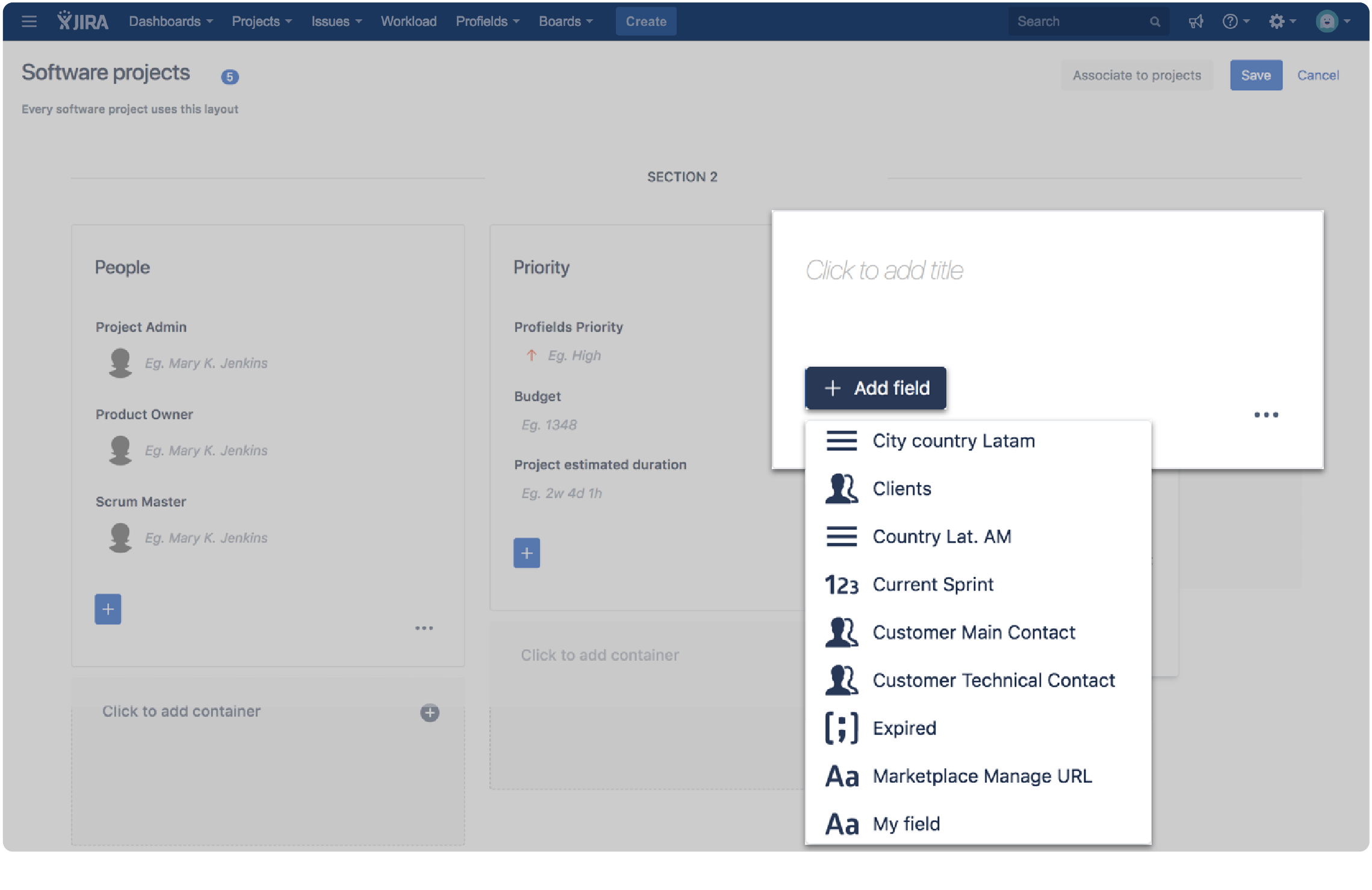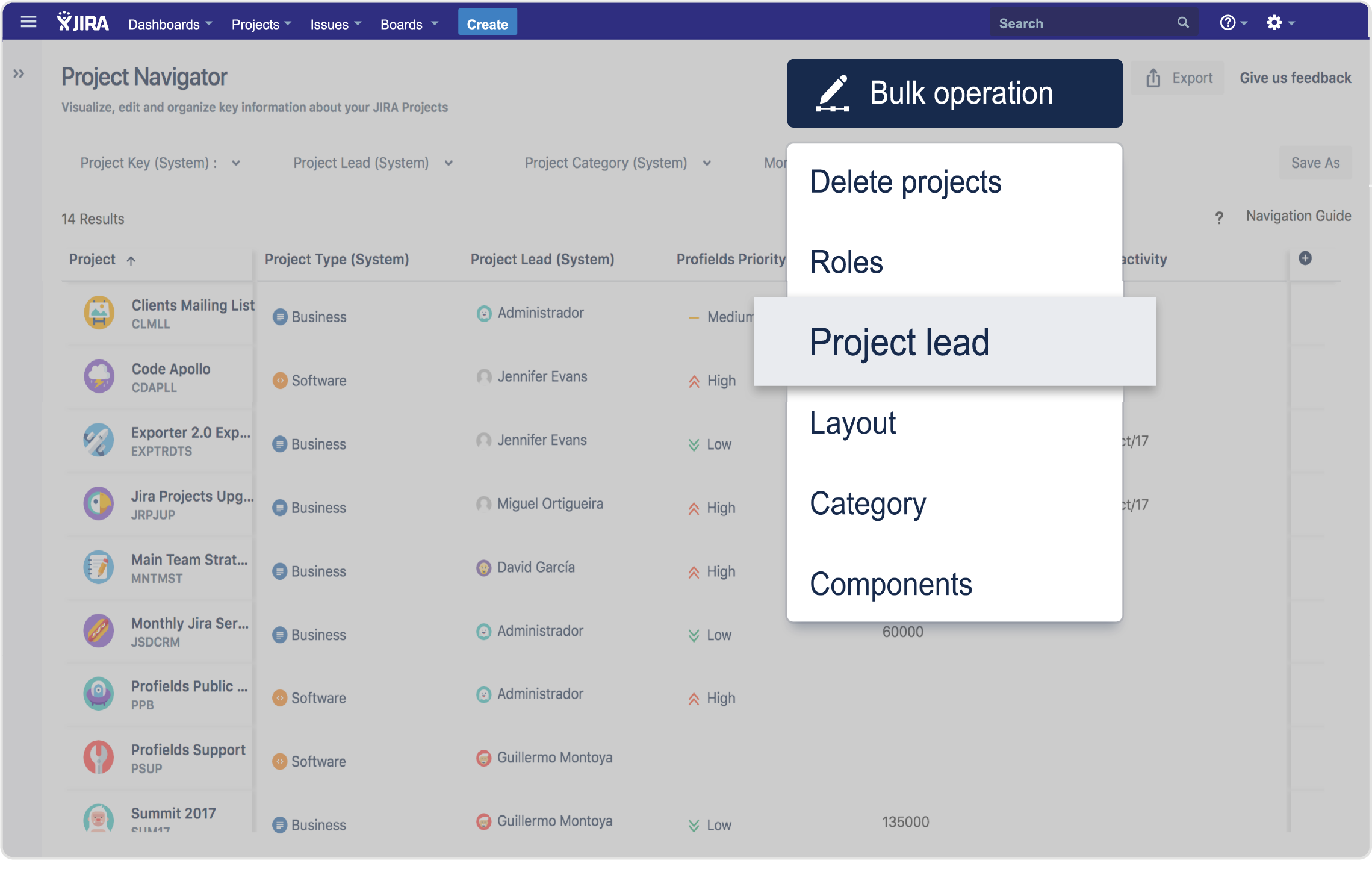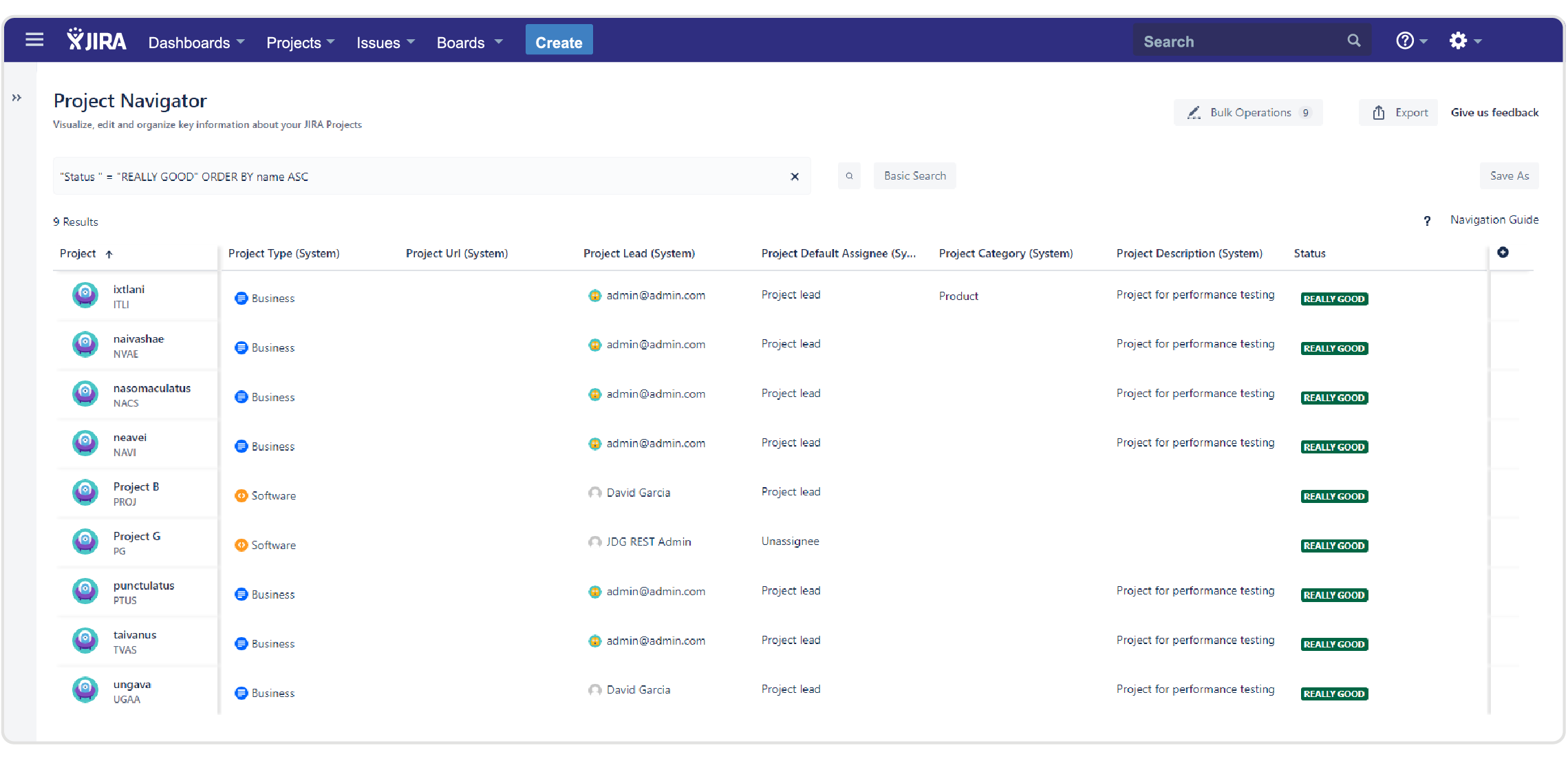Jira has become the developers' standard collaborative work management tool, which is great for team productivity. But What happens when Jira Admins, Project Managers, and/or Project Leads need to transform Jira into a project tracker? Projectrak has become the app for Jira that sets a series of features that allow them to monitor the right information at the right time. Here, we will show how.
Jira Software as any other Atlassian tool, is still becoming the favorite for agile planning tools, as can be seen in this Gartner magic quadrant, however, at the moment using Jira into the project management discipline is quite a challenge. Let's begin from the start:
Away from the dev's perspective, many Project Managers are not that happy with Jira. Software developers have embraced agility and thrown away the traditional notion of a project. One of the reasons they like Jira is precisely because it disregards basic project management ideas in favor of a continuous flow of collaboration.
Start tracking projects using Jira >>
Admittedly, this is a simplification: Developers are still talking about projects in one way or another (see this example, or this Khan Academy lesson), and organizing a large part of their work in projects, even if they don’t always follow PMI standards.
When the corporate tool doesn’t support their project management needs, they find a way around it: storing project documentation, reports, and postmortems in Word, Excel, and corporate wikis—including Confluence. Generally speaking, project managers don’t like having information scattered and would rather have stronger project entities within Jira to make this happen.
To add insult to injury, Jira’s popularity is eroding traditional project management well beyond the realm of software development.
In fact, many companies today (starting with banks!) think of themselves as having a software foundation. This helps Atlassian expand into business areas and corporate territories where a traditional approach to projects used to be highly esteemed: business development, marketing, finance… you name it.
There’s a big risk: when Jira lies at the core of a company’s toolkit, Jira projects can limit how projects are run and conceived in the entire company. Of course, that means that if your company runs projects, whoever is responsible for them may push back against the adoption of Jira. They may be project managers, but also PMOs, CIOs, and IT Managers, among others.
So, the question here is how to make everyone involved in a Jira project happy and, more importantly, productive.
Jira is an issue tracker, and Jira projects are merely a way to separate sets of issues from other sections of work.
Projects in Jira are not very different from a bag full of issues with instructions for using what’s inside them: there are rules for transitioning the issues, for what types of issues they can contain, for who can see them, etc., but there’s nothing (or very little) attached to those bags. Some people say they shouldn’t even be called projects!
Basically, the project as a control and management unit doesn’t exist in Jira. And we are not even mentioning dependencies between projects, which are a cornerstone of project-based management and PPM.
Well, ditching Jira is an option. But if you don’t want to do that, you’ll have a growing number of projects and no easy way of managing them and their information in the same tool. This is bad, even if you’re not a PMBOK Guide enthusiast.
There are several ways to take this issue by the horns and find a way to make them feel satisfied with the tool. Here are some possibilities:
The corporate (Expensive!)
Buy a big enterprise PPM tool to account for your projects, then integrate it to connect the work. This might seem like a great way out, but it will only be feasible if you already know how to do PPM. This is not easy.
The throwaway (Well...)
If project nostalgia is the problem, let’s go back to a project management tool. This is a bit like the above but simpler. Just get MS Project and map it onto Jira. Again, the problem here is that using tools with functional overlaps is always a headache.
The chicken way (Kidding!!)
Do nothing, let project managers fend for themselves. That’s why they get paid, right? Perhaps you can pay them more to keep them quiet!
The way to transformation (This sounds right)
Use marketplace apps (add-ons) to transform projects in Jira into actual management entities, which will help managers track projects correctly.
There are a bunch of apps in the Atlassian Marketplace. There are even specific apps for implementing SaFE®! But we’re going to focus on Deiser’s Projectrak (formerly Profields) for three reasons:
Because you've got projects in Jira, Projectrak exists, in fact, this app for Jira was created as a tailored solution for one of the biggest Jira instances in the world as a project management solution. The beauty of Projectrak is that it cures Jira projects in Jira’s own terms; in fact, its motto could be paraphrased as follows:
Do with your projects what you already can do with your issues.
The goal is to have a great issue tracker to please Developers and a great project tracker to please the rest of the people involved in projects. Here are the main features that create that balance:
The core functionality and origin of Projectrakis are to provide a flexible interface to create, customize, and manage project information in Jira, which is as close as possible to the PMO.
To make life easier, there are several types of customizable project properties that cover the most relevant project management needs, including:

In Jira, basic project operations such as deleting components and schemes or replacing project leads must be conducted manually on a single project basis.
With the Bulk Operations feature of Projectrak (formerly Profields), this productivity blocker is no longer there.
When a project lead leaves the company, replacing him or her across all the projects that person was involved in is way easier, with fewer clicks and more ease.

Learn more about Bulk Operations, a Projectrak feature.
Replicate the issue navigator, but for projects, so even the most gigantic project portfolio can be sorted by country, due date, technology, or any other relevant project property allowing to visualize and centralize the project information in just one place.
Within the Project Navigator, you'll have two different views:
Have you had misscomunications with your peers regarding updating their issues because you missread it in Jira? That's no longer a problem. Get notified right in your Inbox, get email notifications everytime a change you setted up has been made within your project.
Queries for projects? Why not? PQL is analogous to JQL, the language all Jira admins know by heart. Projectrak’s Project Fields also support JQL functions so users can find issues that match certain project fields. For example, imagine you want to find all the bugs related to a given technology and a specific company location.

Download the guide to master PQL grammar >>
Projectrak is a powerful solution for tracking projects in Jira Cloud or Data Center, bridging the gap between issue tracking and project management. It empowers different teams to enrich Jira projects with essential features, allowing project managers to track progress, manage resources, and visualize portfolios efficiently.

Projectrak has evolved from Server and Data Center to become a go-to when tracking projects in the cloud.
Get a glimpse of what this app hub of features focused on making you better track projects in Jira can do for you and everyone involved in taking projects to succeed. Learn more about it now by clicking the button below.
These Stories on Jira Software
No Comments Yet
Let us know what you think